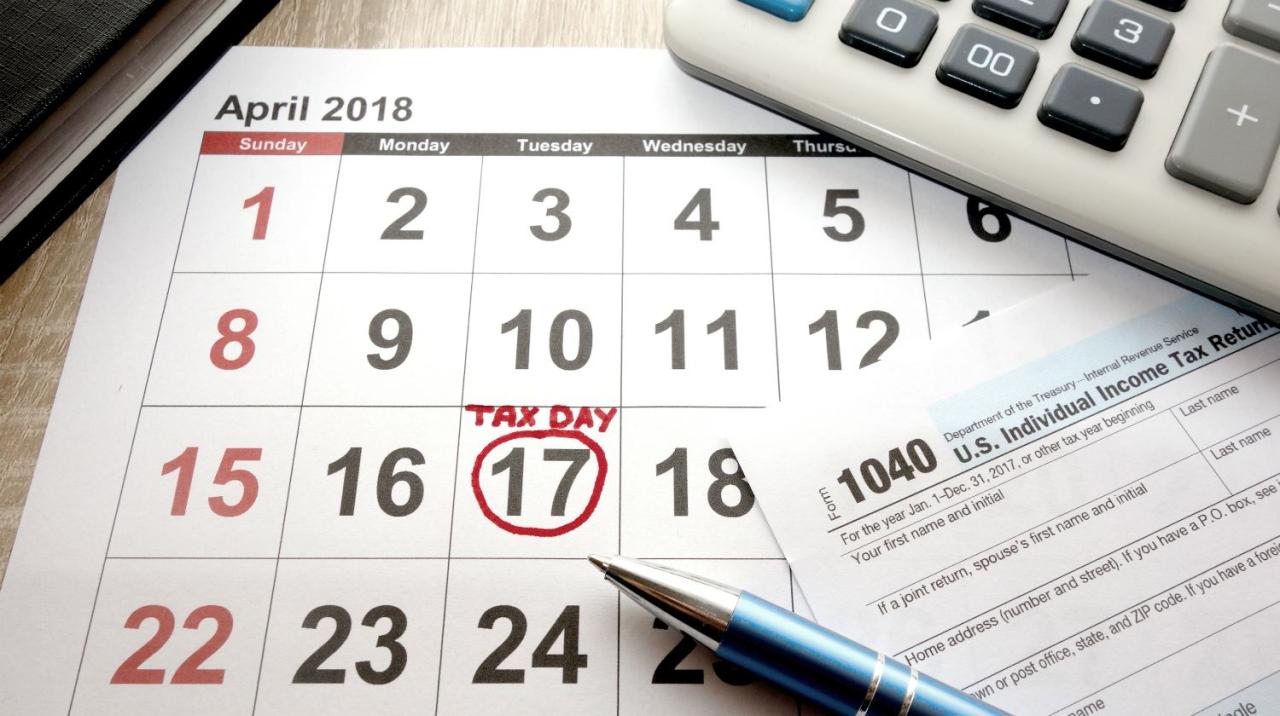Tax season can be a stressful time, especially when you find yourself facing a tax debt you cannot immediately pay off. The Internal Revenue Service (IRS) offers various payment plans to help taxpayers manage their debt in a manageable way. In this article, we will explore the best IRS payment plans to resolve your debt in five easy steps.
Understanding Your Tax Debt
Tax debt occurs when you owe the IRS money that you have not paid. It’s crucial to understand that even if you can’t pay your tax debt in full, you should still file your taxes. Failing to do so can result in penalties and interest, making your debt situation worse.
Assessing Your Financial Situation
Before choosing a payment plan, assess your financial situation. Review your tax debt to ensure its accuracy and determine the type of payment plan that suits your financial capability.
IRS Payment Plan Options
The IRS offers several payment plan options to help taxpayers manage their debt. These include:
Short-Term Payment Plans
Short-term payment plans are for taxpayers who can pay their entire tax debt within 120 days. There is no setup fee for this plan, but interest and penalties may still apply.
Long-Term Payment Plans (Installment Agreements)
Long-term payment plans, also known as installment agreements, allow taxpayers to pay their tax debt over time. The IRS offers several types of installment agreements:
- One Year Rule: If you owe less than $50,000, you may qualify for a streamlined installment agreement, which allows you to pay off your debt within 72 months.
- Six Year Rule: If you owe more than $50,000, you may still qualify for a streamlined installment agreement, but you must pay off your debt within six years.
Special Circumstances
For those facing financial hardship, the IRS offers other payment plan options:
Partial Pay Agreements
Partial pay agreements are for taxpayers who cannot pay their full debt within the collection period. This option allows you to make monthly payments until the collection period expires.
Guaranteed Installment Agreements
If you owe $10,000 or less, you may qualify for a guaranteed installment agreement. This type of agreement requires you to pay off your debt within three years and requires you to have filed and paid all your taxes for the previous five years.
Streamlined Installment Agreements
Streamlined installment agreements are for taxpayers who owe between $50,000 and $100,000. This option allows you to pay off your debt within six years.
Offer in Compromise
An offer in compromise is an agreement between the taxpayer and the IRS that settles the taxpayer’s tax liabilities for less than the full amount owed. This option is typically for those facing financial hardship and is subject to approval by the IRS.
Professional Assistance
Consider seeking professional assistance from a tax professional or CPA. They can help you navigate the IRS collection process and ensure you choose the best payment plan for your situation.
Conclusion
Resolving your tax debt doesn’t have to be a daunting task. With the right payment plan, you can manage your debt and avoid further penalties and interest. Remember to assess your financial situation, understand the different payment plan options, and consider seeking professional assistance if needed.
Resources
For more information on IRS payment plans, visit the following official IRS resources:
